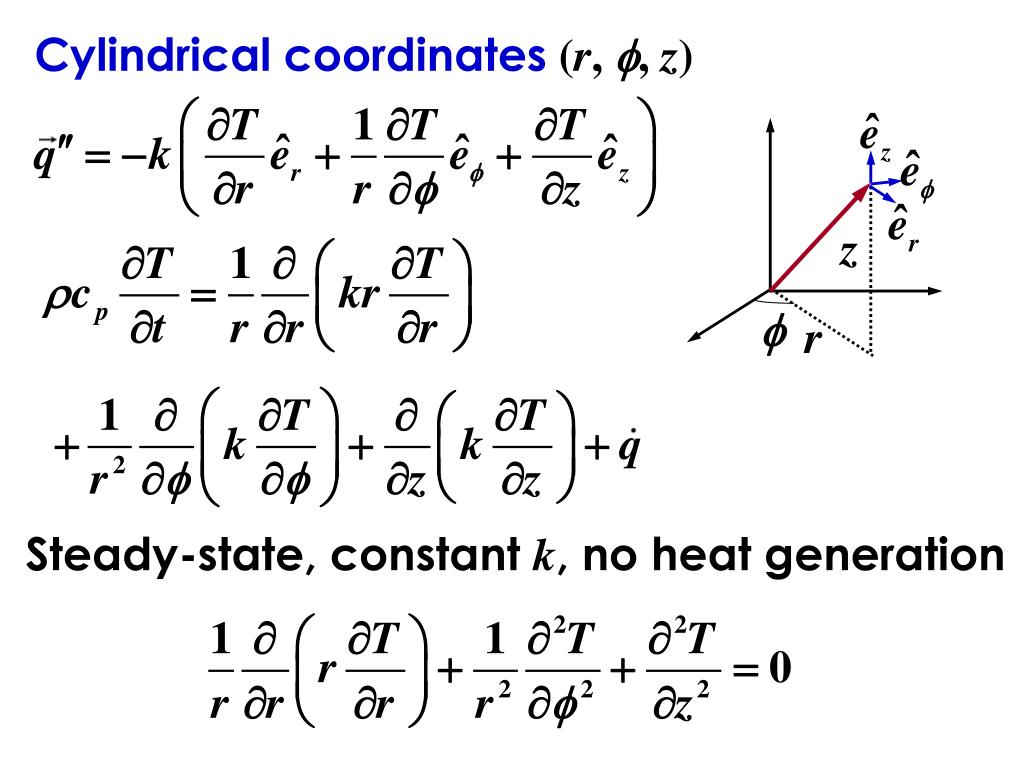

The population pharmacokinetic parameters estimated by NONMEM in group 1 were validated in group 2 and vice versa. The predictive performance was assessed using 770 paired predicted versus actual dose or measured serum concentrations. Patients were randomly allocated to two equally matched groups (groups 1 and 2). The estimation and validation of the pharmacokinetic parameters were undertaken in two separate patient groups (cross-validation) obtained by splitting the data set. The validity of the pharmacokinetic models and the estimated population parameter values was tested using the naive prediction method. Slide 13 ©NHG Holford, 2015, all rights reserved. Compartment amounts resulting from prior. 1 indicates that the dose is a steady state dose, and that the compartment amounts are to be reset to the steady-state amounts resulting from the given dose. 0 indicates that the dose is not a steady state dose. 3 Initial steady state, use current compartment amounts as initial estimates. It can take one of three values in any event record. Values of n are 0 No initial state state (the default) 1 Initial steady state 2 Initial steady state, adds to current compartment amounts. The MM+FO model fitted the data better than the MM model. to request the initial state feature of PREDPP.

The models were fitted to 853 steady state dose: serum concentration pairs obtained in 332 adults with epilepsy using nonlinear mixed-effects modeling (NONMEM). This study was conducted to assess whether the parallel Michaelis-Menten and first-order elimination (MM+FO) model fitted the data better than the Michaelis-Menten (MM) model, and to validate the MM+FO model and its parameter estimates.


 0 kommentar(er)
0 kommentar(er)
